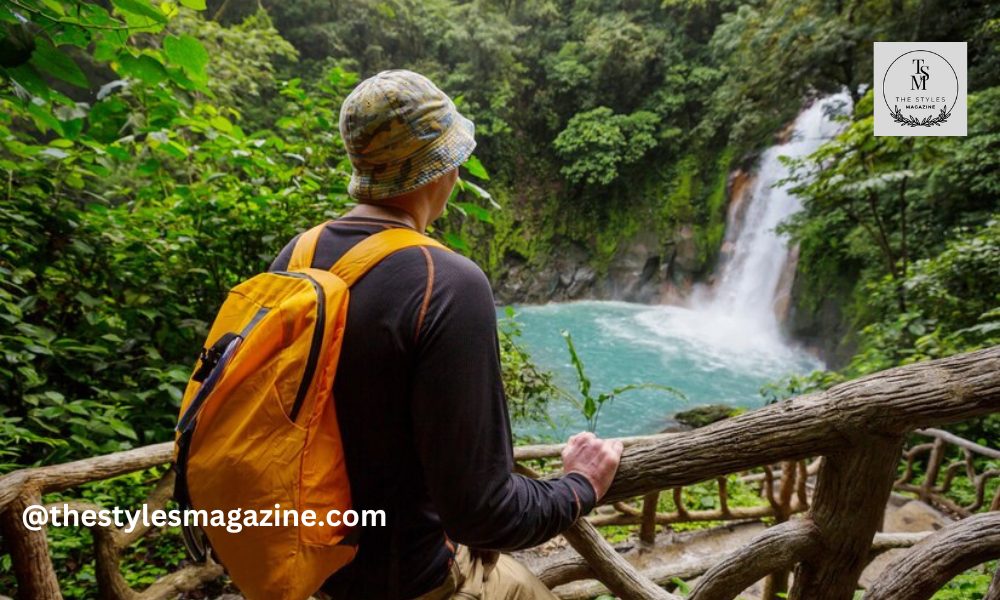Costa Rica has become a must-visit nation in the Central American region, with almost 2.4 million tourists visiting in 2022. It is well-known for its adventurous activities, beautiful beaches, and wildlife that has visitors in awe. These factors, and many more, could be the cause of more and more travelers flocking to the country.
But, like any other unfamiliar place, there is a lot to know before you go. This could vary from what foods to try and where to visit to what not to do, such as skipping the sunscreen and taking a dip in a nearby river. However, there are some relatively unknown aspects that tourists should be aware of when visiting, too.
This article has outlined three of the most useful facts that can make or break your trip to Costa Rica. If you can take one thing with you, make sure it is this information.
US Dollars Are Accepted
Although some restaurants and shops will only accept the local currency of colones, the US dollar is readily accepted by most establishments. You might want to carry both to ensure you receive service when required. Most tourist-related experiences, such as shuttles and tours, will be quoted in USD and can be paid with dollars.
But tourists should know that the standard tipping rate in Costa Rica is 10%. It is optional, but it is very appreciated. In restaurants, you may notice that the menus state “all taxes included,” which means the sales tax and service tax (tip) has been added into the price paid. If this is not stated, then you should expect to pay an additional 23% on top of the prices listed on the menu.
People encourage who have visited the country previously encourage travelers to carry enough cash when out-and-about in Costa Rica. There are several hotels and other accommodations will charge an additional fee between 2% and 5% if you pay by card, which can increase the overall cost slightly. Also, some of the smaller places, like Tortuguero, do not have ATMs.
It can be daunting to carry large amounts of cash on your person; however, splitting the cash into different pockets and bags reduces the risk of losing it all at once.
Dengue Is The Main Mosquito-Borne Disease
Costa Rica has more cases of dengue fever than Malaria, both of which are transmitted via mosquitoes. Dengue fever is a year-round risk, with a higher risk of infection in the rainy season from May to November. Most travelers will visit Costa Rica in the dry season, which is December to April. Dengue fever could still be a risk then, too, although it would be reduced.
As of the 6th of November 2024, Costa Rica’s leading English-language newspaper The Tico Times reported, “…the total number of dengue cases with warning signs reached 27,791,” which was an 153% increase compared to the same period in 2023. This shows the risk of this disease is quite concerning.
Travelers should take precautions to avoid mosquito bites when in Costa Rica, such as using insect repellents and netting. If you are exploring in shady areas, under palm trees, or passing ponds and rivers, take extra care by covering your skin with clothing; mosquitos are more prevalent in these spots. These insects can smell you from up to 50 years away so it is encouraged to wear clean clothes daily and burn citronella candles.
There are more health risks than just dengue fever, though. People are advised to vaccinate against or take medication to protect against diphtheria, hepatitis A and B, malaria, rabies, and tetanus. Costa Rica’s healthcare system is considered to be one of the best globally, but you will have to pay if you require medical care during your travels. This is why finding the best Costa Rica travel insurance is a priority; the best policies will include trip cancellation as well as health insurance.
The Weather Can Change Quickly
With the dry season running from December to April, this is usually the best time to visit Costa Rica. This means the weather is sunny and dry, which makes exploring the area a lot easier. Tourists tend to avoid visiting during the rainy season; the intermittent raise often begins in the afternoon before clearing up in the evening. However, the weather can change drastically throughout the year.
The country does have numerous microclimates as well. Certain areas will be affected by pockets of weather that are completely different from the rest of the country. The country’s geography, the closeness to the Pacific and Caribbean oceans, and elevation play a part in the creation of microclimates. Costa Rica’s microclimates can vary, with beaches, forests, and volcanoes. This means that going on a tour of parts of Costa Rica could see you entering chilly and rainy weather straight after experiencing bright sunshine.
By taking these three facts with you on your travels to Costa Rica, you will be more prepared for what the country has to offer you.
Thank you for exploring our Blog! For additional captivating content, feel free to explore the corresponding category.
Explore The World Differently With Albino-Monkey.net Travel Archives

